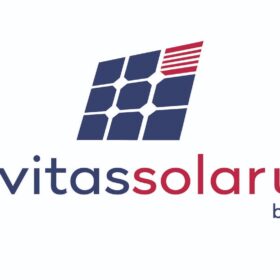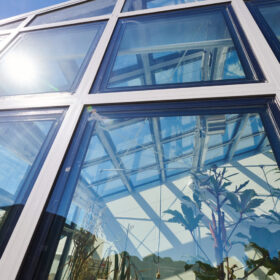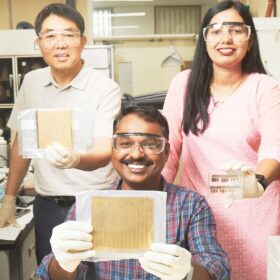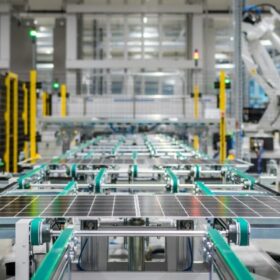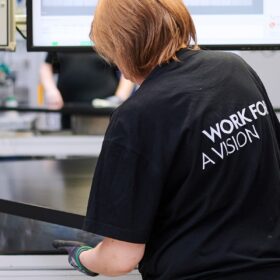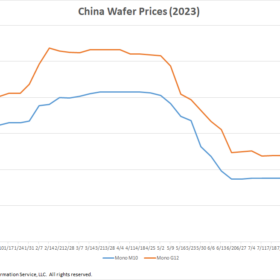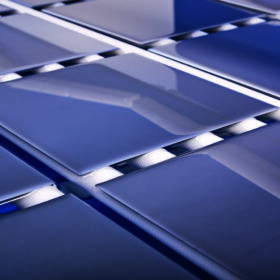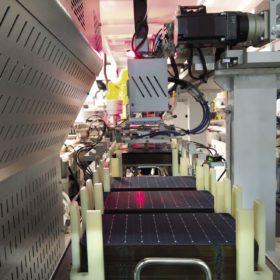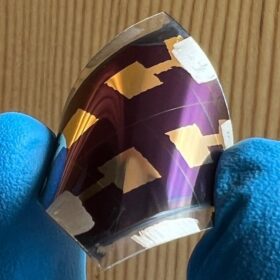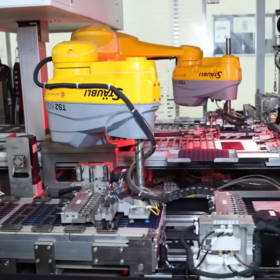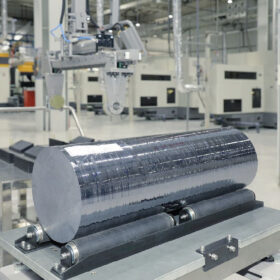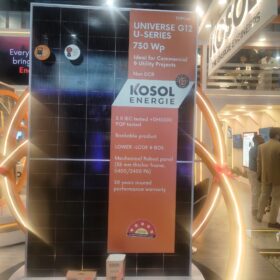Navitas Solar introduces module manufacturing unit in USA
Indian manufacturer Navitas Solar has collaborated with US-based Sustainable Equity and Colby Solar to set up a module factory named Navitas Solar USA by Colby with a manufacturing capacity of 1.2 GW per annum.
ClearVue releases results from first long-term study of clear solar glass
Perth-based ClearVue is making significant strides as its transparent solar windows demonstrate tangible outcomes following a two-year study and published paper.
All-inorganic phase heterojunction perovskite solar cell with 21.59% efficiency
An international research team has developed high-efficiency solar cells with a 21.59% efficiency rating by using an all-inorganic phase heterojunction approach. The team used an anti-solvent-free DHA method to produce high-quality, inorganic perovskite thin films, resulting in better device performance under ambient conditions.
Deployment trumps solar manufacturing in EU priorities
A lack of clear policy support, raw material dependency, and higher production costs are inhibiting the localization of European solar manufacturing, despite strong demand.
German consortium plans 5 GW vertically integrated solar module production
Heckert Solar, Wattkraft and Interfloat are planning to invest around €2 billion ($2.18 billion) in three different manufacturing facilities that will produce everything from polysilicon to solar modules.
Meyer Burger shifting focus to US market
Meyer Burger is now prioritizing the establishment of new module and cell production facilities in the United States, driven by favorable market conditions in the country.
China wafer prices extend gains for third week
In a new weekly update for pv magazine, OPIS, a Dow Jones company, provides a quick look at the main price trends in the global PV industry.
Wafer formats continue to evolve
Differences in wafer and module specifications, which have bedevilled solar developers in recent years, could now be narrowing.
Adani commissions 2 GW solar cell and module plant under SECI’s manufacturing-linked PV tender
Adani Green Energy Ltd has announced the commissioning of a solar PV cell and module manufacturing plant with a capacity of 2 GW per annum through its associate company Mundra Solar Energy Ltd. The plant is located at Mundra in the Indian state of Gujarat.
Flexible indoor perovskite solar cell achieves 32.5% efficiency
Italian scientists have developed a flexible indoor perovskite solar cell with 32.5% efficiency. Their design uses a PET substrate combined with a tetrabutylammonium bromide layer over the perovskite absorber. This additional layer effectively reduces defect density and enhances the stability of the underlying 3D perovskite structure.
